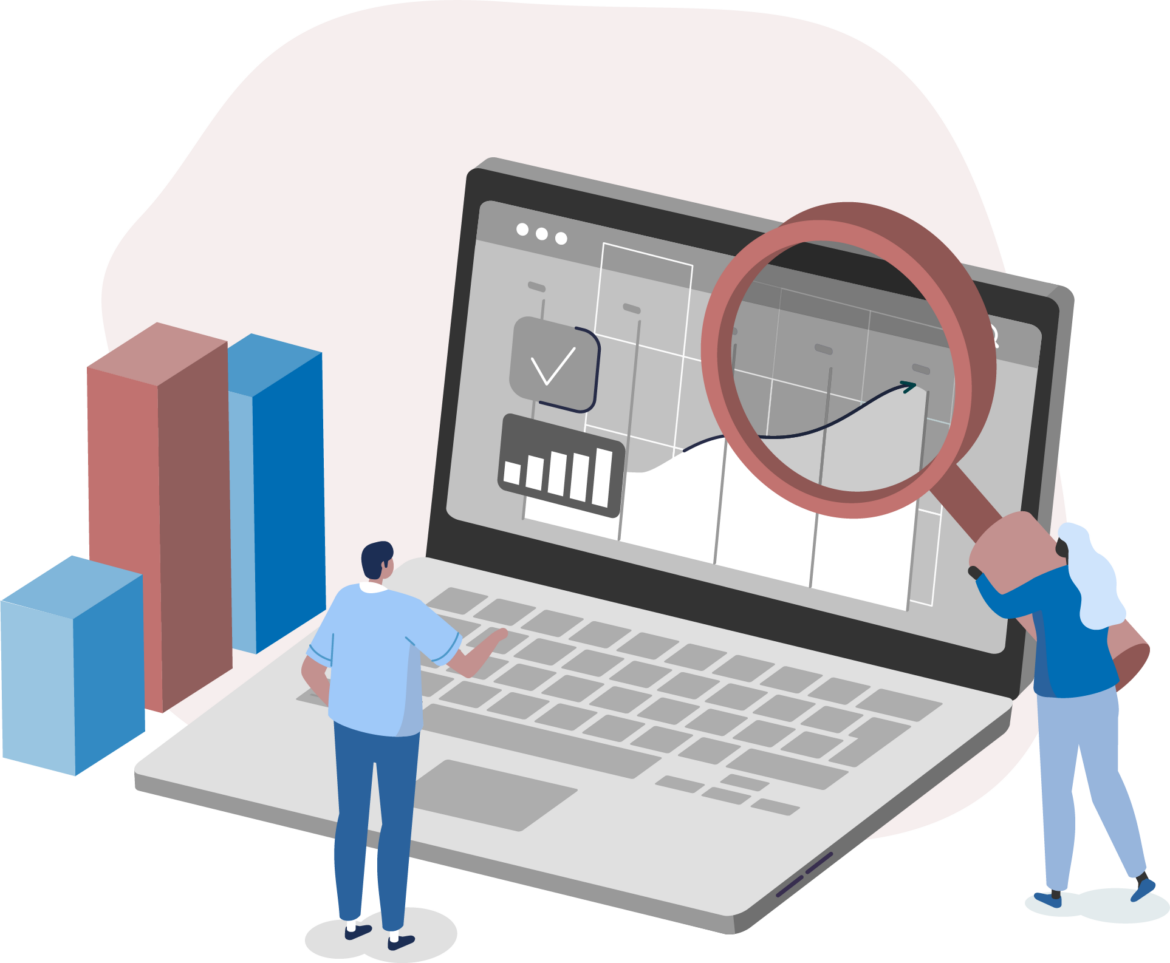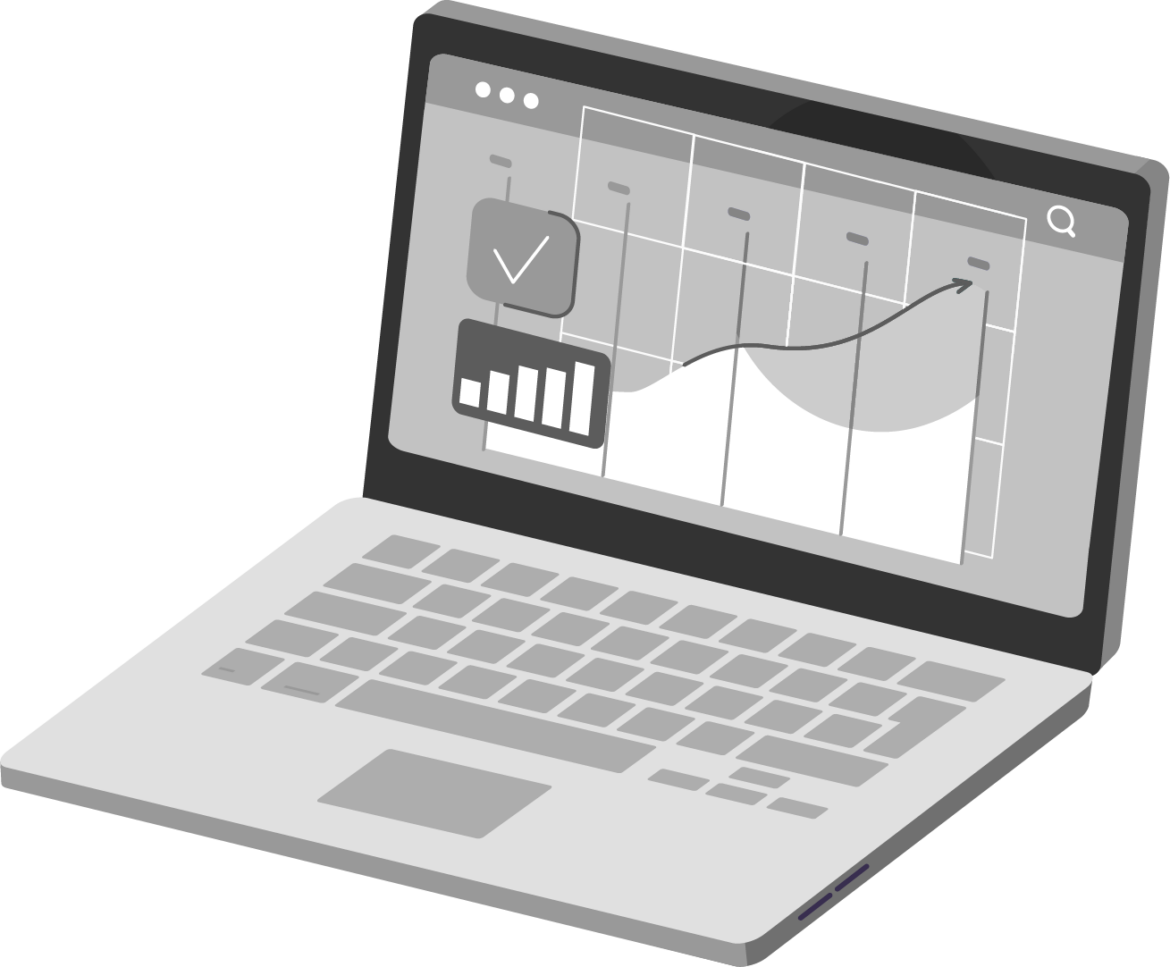Citing data
Do you refer to a data set in the journal article you’re writing? If so, you’ll need to make sure you cite it properly. This applies whether it’s data you’ve collected yourself or someone else’s data.
Taylor & Francis supports the Force 11 Joint Declaration of Citation Principles which recognize data as important, citable products of research, and that data citations should be both understandable by humans and machine-readable (i.e. can be read and processed by a computer).
Why cite data?
Force 11 Joint Declaration of Citation Principles
Publishing tips, direct to your inbox
Expert tips and guidance on getting published and maximizing the impact of your research. Register now for weekly insights direct to your inbox.
Data are a key output of research and therefore need to be appropriately cited. Just as you’d cite a journal article, figure or conference paper if you used it within your article, you should cite all data.

Citing data is important, because it:
Makes sure that the individual or group responsible for generating the data gets due credit
Helps the reader identify and find the data
Promotes data reproducibility, enabling others to replicate and verify research results
Facilitates collaboration by helping other researchers to reuse and build on the same data
Helps track the impact and reuse of data sets
Increases the discoverability of your research by enabling anyone reading the article to locate the dataset
When should I cite data?
All data referenced in articles published by Taylor & Francis should be accompanied with a citation.
Many of our journals have data sharing policies which state that authors are highly encouraged or required to cite data associated with their article.

How should I cite data?
Force 11 Joint Declaration of Citation Principles
There is no universal referencing style for citing data – this varies across disciplines and journals. However, you need to cite in a clear and consistent way to make the citation helpful and enable the reader to easily identify and find the data set referenced in your article.
First, check the ‘Instructions for Authors’ page of the journal you’re submitting to for guidance on citing data. For Taylor & Francis journals with data sharing policies, you will find instructions and examples of data citation, all of which adhere to the Force 11 Joint Declaration of Data Citation Principles.
In general, you should always include the following elements in data citations:
Author: the individual(s) responsible for the creation of the data
Material Designator: the tag “[dataset]”
Electronic Retrieval Location: such as a Digital Object Identifier (DOI), that identifies the data and makes it easy to locate online
Location: this is often the repository where the author has deposited the data set

This will help the reader identify and find the data set, and ensures you give credit to the individual or group who created the data. You should also include relevant information about the data (such as the DOI and publisher location) in your data availability statement.
Citing your own data

Even if you’re referring to your own data set within an article, it’s important that you cite it. Just like citing another person’s data set, you need to state the owner of the data and where they can be found.
However, please note that if the journal uses double-anonymous peer review, you will need to ensure any data citations don’t reveal your identity to reviewers. Our guide to data repositories has details about how you can share your data anonymously during peer review.
See our guidance on data sharing for further information on how to make your own data sets available.